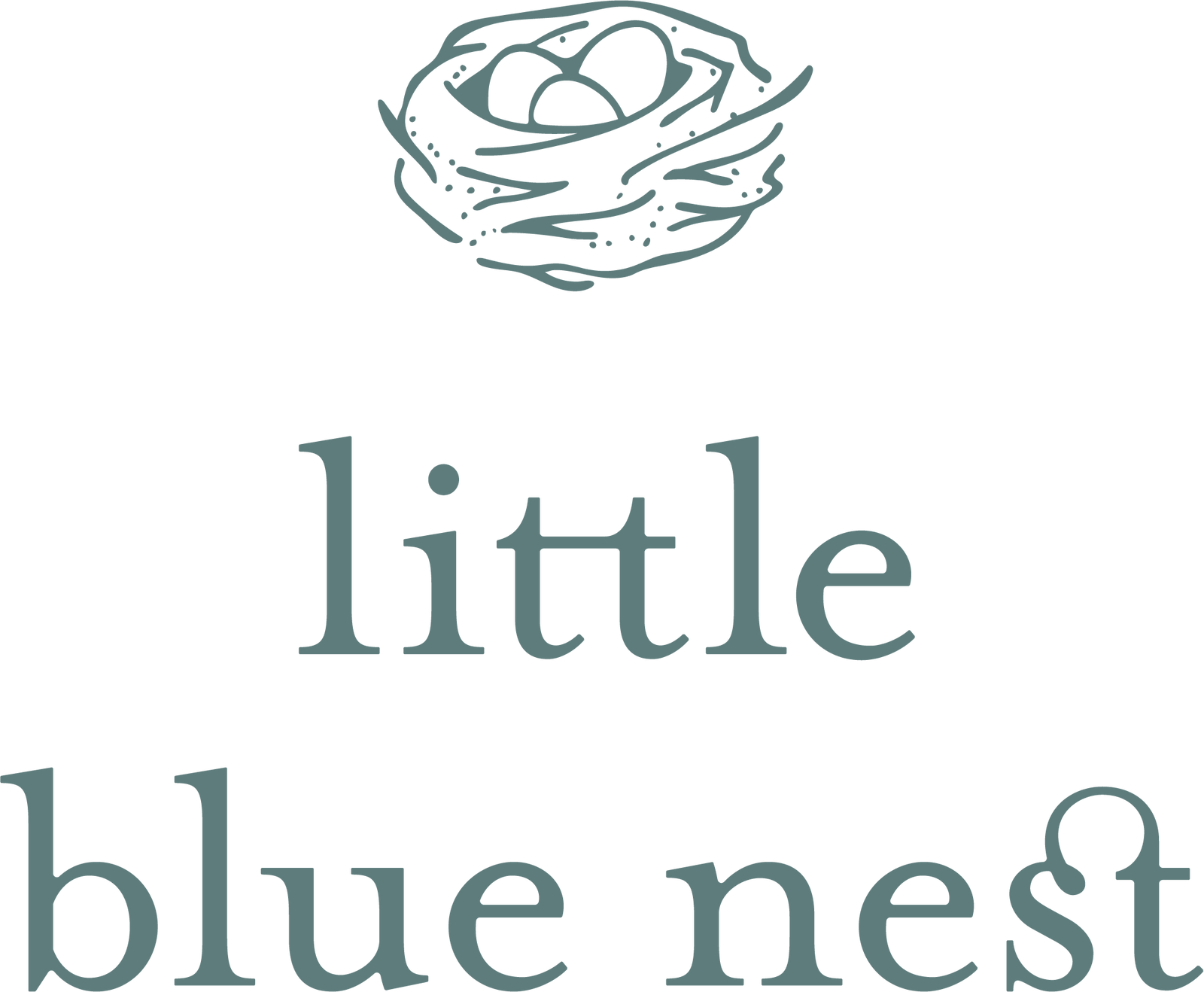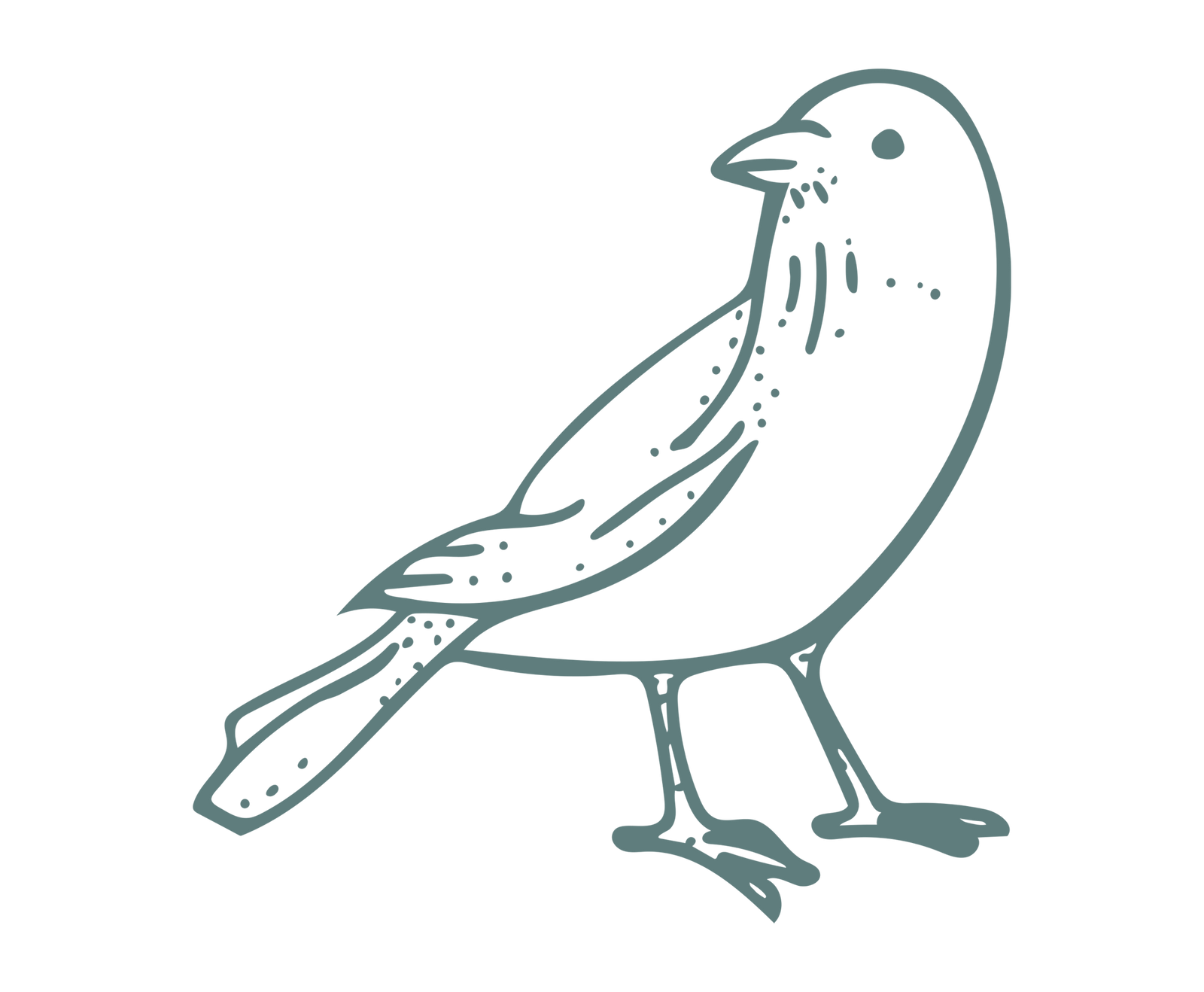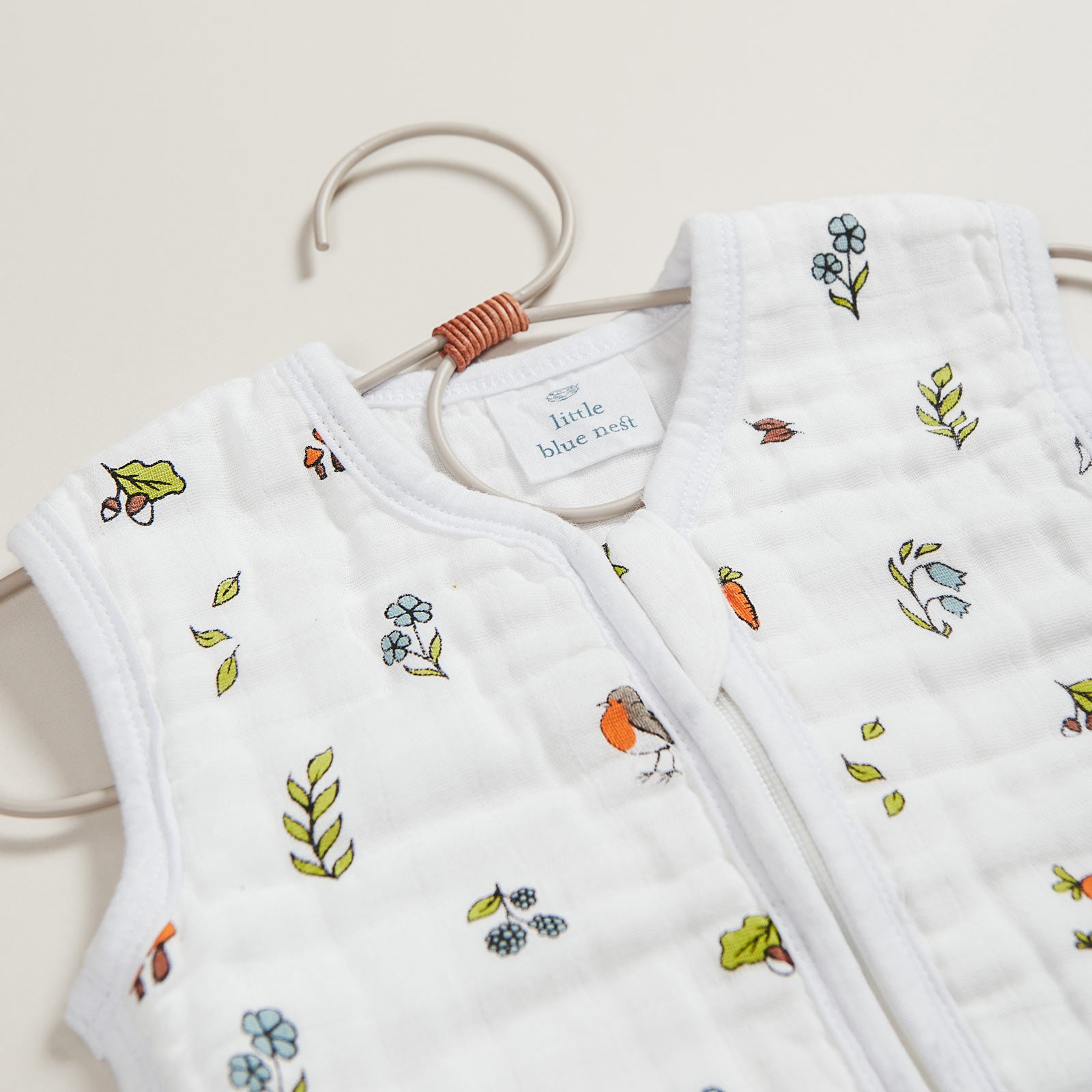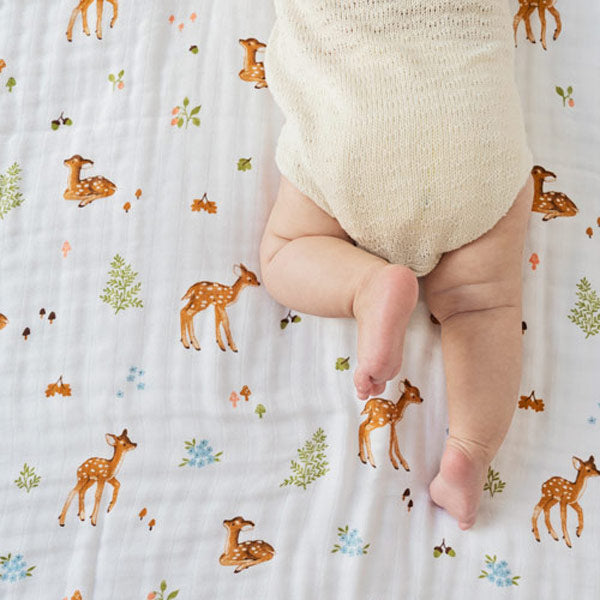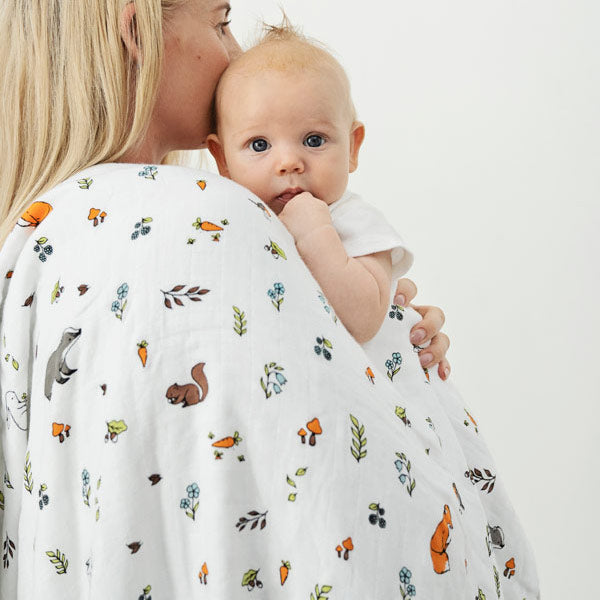Being a new parent is both an exciting and anxious time in your life. A heady mix of sleep deprivation, total infatuation and ‘learning on the job’ also makes for an intensely rich time for all.
A time by the way, you will remember none of in years to come when asked fornewborn babyadvice (baby brain is real)!
In those early days and weeks, you’re told to expect sleepless nights and broken sleep, but very few offer advice on how to resolve it.
Which is why the art ofswaddlinghas become more than just folklore in new parent circles and resonates with many new parents. Here’s why:
The Ancient Art ofSwaddling
The tried and tested technique of swaddling has been around for as long as 4,000 years some experts suggest.
This much loved practice involves wrappingbaby swaddle blanketsaround newborns to restrict their movement. This offers a secure and cosy environment in theircot helping them to be less fretful and soothe them to sleep. It is often likened to being in the womb, since it replicates a similar environment.
When you consider that babies typically spend 37 to 40 weeks of their life in the womb, it’s understandable how replicating this could be comforting to them.
Here’s just a few reasons why we love toswaddle…
- Back sleeping
The NHS advise thatnewborn babiesshould be placed to sleep on their backs to reduce the risk of Sudden Infant Death Syndrome, also known as SIDS. Some believe thatswaddlinga baby can assist with them staying on their back, however it should be noted that babies should not beswaddled once they are old enough to roll around.
Research by the Washington University Medical School (2002) found that“Infants sleep with fewer awakenings whenswaddled, andswaddling may help sleeping infants remain on their backs.”
- Promotes Sleep
Swaddle advocates believe that it may also encourage sleep. This is backed up by the
American Academy of Pediatrics who comment;“When done correctly, swaddling can be an effective technique to help calm infants and promote sleep.”
One theory is thatswaddlingcan increase the length of REM sleep, by lulling babies back to sleep who might have awoken spontaneously. Which brings us to the next point…
- Helps with theStartle Reflex
A goodswaddle wrapwill keep baby tightly bundled to restrict movement and prevent them from startling themselves. They often do this with their arms or legs and it’s somewhat likened to the sensation of falling.
Startling themselves in the process, this is a common reason for babies waking abruptly or being unsettled. This is also known as the‘startle reflex’or ‘moro reflex’. The good news is that this doesn’t last and most babies will grow out of in a few months.
- Provides a comforting environment
Replicating the experience in the womb,swaddling creates a safe and secure feeling for your little one. It can mimic touch and provide the comfort they need, especially when they wake up alone.
- Soothes a crying baby
There is some research to suggest thatswaddlingmay help soothe crying in very young babies. A study by a children’s hospital in the University Medical Center Netherlands, found thatswaddling can decrease crying by 42% in infants; but points out that this is limited to those eight weeks and younger.
- Prevents scratching
For such little creatures,newborn babiessure do have nasty nails! Prone to scratching themselves (and you), wrapping them securely is an easy way of preventing unwanted nicks.
- Versatile
A good qualityswaddle wrapcan double up as a; nursing shield, pram shade, muslin,baby blanketand so much more. This go-to product has so many versatile uses, that it’s worth investing in, to see you through those all-important early days.
Read: How Many Swaddles Do I Need?
Tips on how to swaddle
Before you embark on the rewarding journey ofswaddling, it's worth practicing a few times to make sure you are doing it correctly.
For very young babies (the first couple of weeks) it’s best to go for a swaddle that keeps their baby’s arms and legs in their natural position and doesn’t forcefully stretch them out before they are ready.
Once they naturally start stretching out, you can move onto a more traditional 'arms down' swaddle following these guidelines below.

In addition, The Lullaby Trust offers the following guidance:
- Make sure your swaddle is breathable - this is why muslin is a great choice
- Do not swaddle too high above the shoulders
- Never put a swaddled baby to sleep on their front
- Do not swaddle too tight
- Check the baby’s temperature
Swaddling is a trusted old-age practice that is still widely used today. Although it has many benefits, it’s advisable to invest in a good-qualitynatural or organic cotton swaddle wrapfor the comfort and safety of your precious little bundle.

